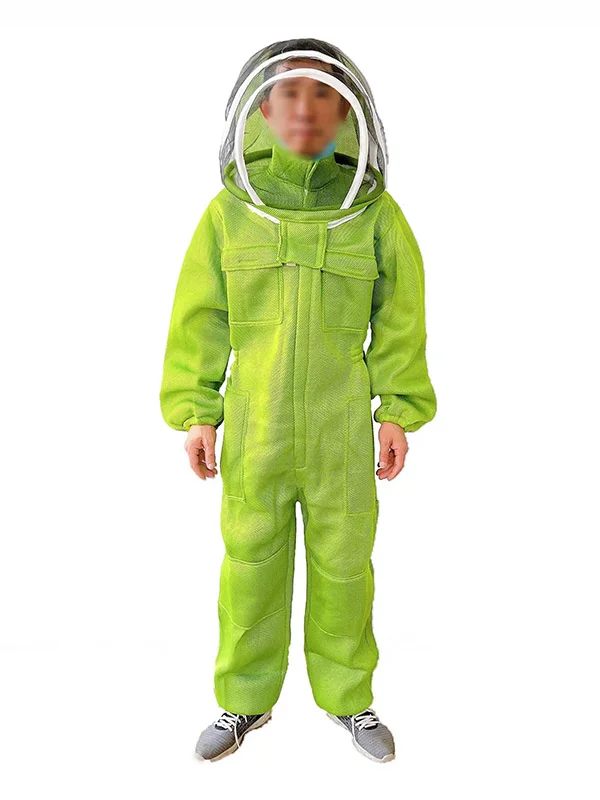Crafting a Buzzworthy Wood Bee Trap: DIY Guide

Welcome to our comprehensive DIY guide on crafting a wooden bee trap, the ultimate solution to efficiently and effectively manage those pesky wood bees on your property.
Wood bees, also known as carpenter bees, are a common nuisance for homeowners as they drill into wood structures, causing damage and unsightly holes. However, with the right approach and a well-designed trap, you can easily control their population and protect your wooden assets. In this guide, we will walk you through the step-by-step process of creating your very own bee trap using simple materials that you likely already have on hand. Let' https://www.carpenterbeehouse.com/collections/wood-bee-trap in and get started on building a buzzworthy trap to keep those wood bees at bay.
Materials Needed
For crafting a successful wood bee trap, you will require the following items:
Untreated wooden boards: Opt for smooth, untreated wooden boards preferably of cedar or pine wood. These boards will serve as the main structure of your trap.
Glass jars or plastic bottles: Collect several glass jars or plastic bottles to create small chambers where the wood bees will be lured into. Make sure the openings are wide enough for the bees to enter easily.


Nontoxic wood finish: To protect the wooden components of your trap from the elements, apply a nontoxic wood finish. This will help extend the lifespan of your trap and ensure its effectiveness in attracting and trapping wood bees.

Step-by-Step Instructions
Step 1: Gather the necessary materials for your wood bee trap. You will need a wooden box or container, a clear plastic bottle, wood glue, scissors, paint or varnish, a drill with a spade bit, and a piece of wood for the base.
Step 2: Begin by preparing the wooden box. If you are using a pre-made box, ensure that it is clean and dry. If you are constructing your own box, follow the dimensions you have chosen and assemble it using wood glue.
Step 3: Now it's time to create the trap mechanism. Cut the clear plastic bottle in half and discard the bottom section. Attach the top section of the bottle inverted inside the wooden box using wood glue. carpenterbeehouse will serve as the entrance for the wood bees. Be sure to secure it in place firmly.
Tips for Effective Use
When setting up your wood bee trap, it is important to choose a location that is frequented by wood bees. Look for areas with visible wood bee activity, such as holes in wooden structures or buzzing around eaves and decks. Placing male carpenter bee in these areas will maximize its effectiveness in catching wood bees.
Make sure to regularly check and maintain your wood bee trap to ensure it remains in good working condition. Emptying the trap of captured wood bees and replacing the bait when needed will help attract more wood bees and increase the trap's efficiency. Additionally, inspecting the trap for any damage or wear and tear will prolong its lifespan and effectiveness.
To enhance the performance of your wood bee trap, consider using a variety of attractive baits such as citrus oils, almond oil, or vanilla extract. Experimenting with different scents can help lure in more wood bees and improve the trap's success rate. Remember to refresh the bait regularly to keep it appealing to wood bees.
